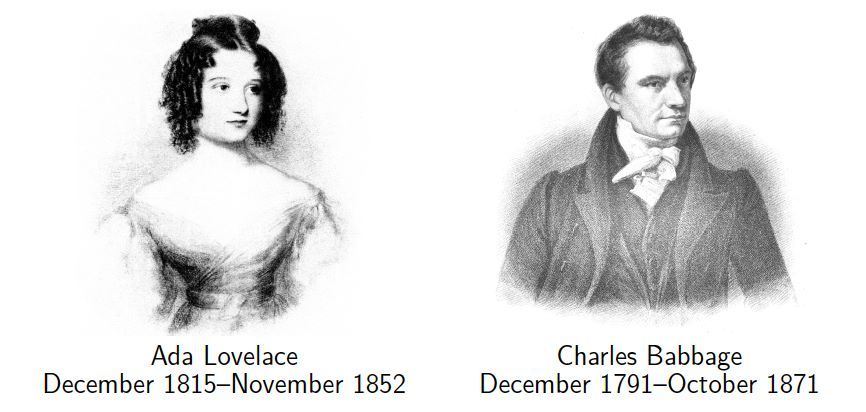How Ada Byron Punched Her Way Into Computing History
While pioneers like Alan Turing and Bill Gates are household names, Ada Byron remains lesser-known, despite being the intellectual matriarch of modern computing. Imagine, more than a century before we had actual computers, Ada envisioned a machine that could be programmed to make calculations.

In the annals of history, certain names are often left in the shadow of their more celebrated counterparts. Among those sidelined is Ada Byron, the 19th-century visionary whose contributions paved the way for the technological marvels of today. Armed with a distinguished lineage and an unparalleled intellect, Ada was the epitome of a polymath, adept in both literature and science. Her works have been groundbreaking, yet her story is far from being a mainstream narrative.
Born in 1815 as the daughter of the poet Lord Byron and his wife Anne Isabella Milbanke, who was a mathematician, Ada Byron was destined for greatness. Unlike many women of her time, Ada was given an education that was rigorous and expansive, including disciplines such as geography, botany, astronomy, and most importantly, mathematics. This wasn't just a mark of progressive parenting but a strategic move, especially from her mother, who believed that immersing Ada in scientific rigor would temper the mood swings and romantic idealism for which her father was infamous.




